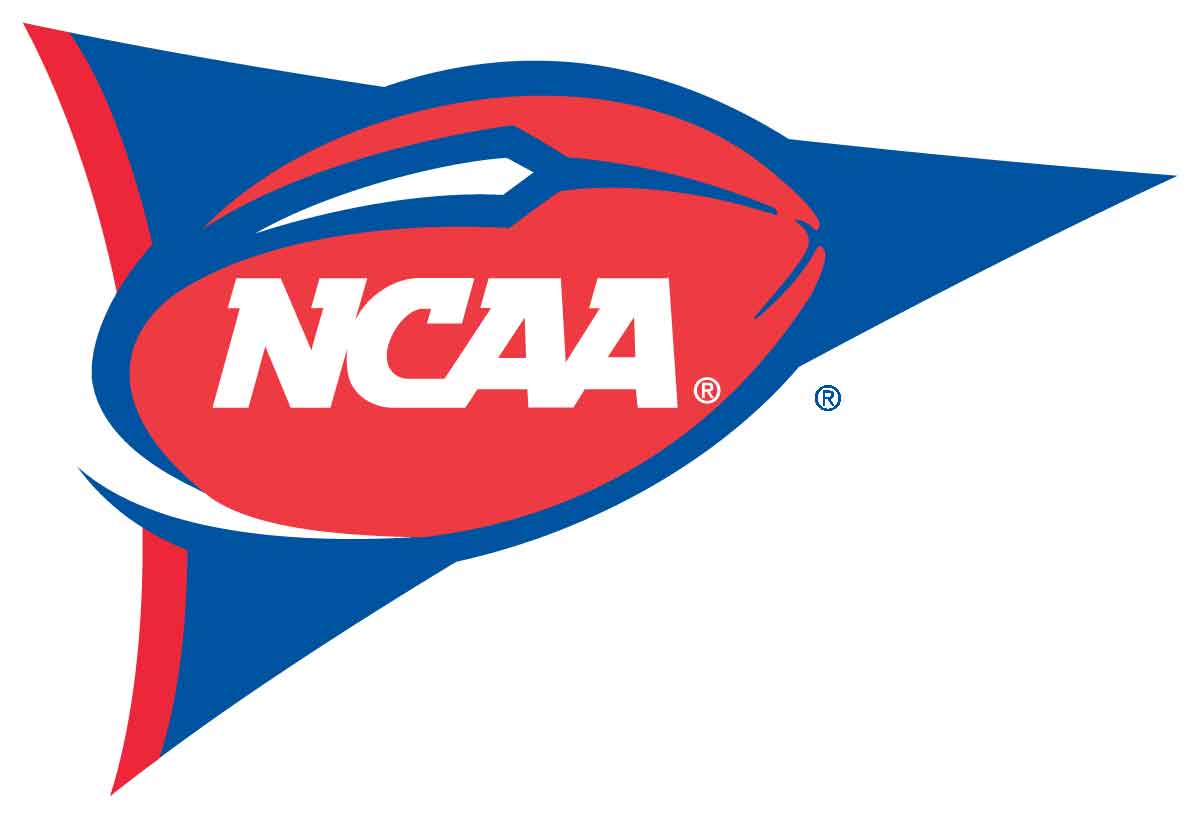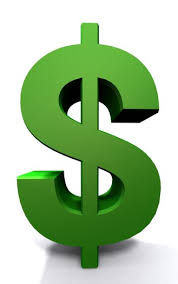The Green Elephant in the Locker Room
 Should college athletes be paid? More prevalent than ever is the issue of paying players in the NCAA; the past decade has shed light on a numerous violations committed by high ranking universities, involving pay for play situations, recruiting violations, and booster club infractions. These violations become more of a concern when we realize that the violation involves student athletes who may be subject to lesser financial security, and university football programs that are valued over $100 million. Narrowing our focus to NCAA Division 1 football alone; we are talking about an industry that contains companies bringing in hundreds of millions in revenue, an industry with a business model of providing a top tier attraction, and not compensating the attraction past room, board, (and tuition since we are talking about colleges after all).
Should college athletes be paid? More prevalent than ever is the issue of paying players in the NCAA; the past decade has shed light on a numerous violations committed by high ranking universities, involving pay for play situations, recruiting violations, and booster club infractions. These violations become more of a concern when we realize that the violation involves student athletes who may be subject to lesser financial security, and university football programs that are valued over $100 million. Narrowing our focus to NCAA Division 1 football alone; we are talking about an industry that contains companies bringing in hundreds of millions in revenue, an industry with a business model of providing a top tier attraction, and not compensating the attraction past room, board, (and tuition since we are talking about colleges after all).
 Paying players is such a pressing issue not only because of the absurd profit being collected due primarily in part to their efforts on their respective fields; but because of the detrimental effects being tagged with a sanction can have on a player’s career and future. According to NCAA Bylaw 12.1.2 Amateur Status; An individual loses amateur status and thus shall not be eligible for intercollegiate competition in a particular sport if the individual: (a) Uses his or her athletic skill (directly or indirectly) for pay in any form in that sport; (b) Accepts a promise of pay even if such pay is to be received following completion of intercollegiate athletics participation; (c) Signs a contract or commitment of any kind to play professional athletics, regardless of its legal enforceability or any consideration received; (d) Receives, directly or indirectly, a salary, reimbursement of expenses or any other form of financial assistance from a professional sports organization based upon athletics skill or participation, except as permitted by NCAA rules and regulations; (e) Competes on any professional athletics team (per Bylaw 12.02.4) even if no pay or remuneration for expenses was received; (f) Subsequent to initial full-time enrollment, enters into a professional draft; or (g) Enters into an agreement with an agent. ¹ The effects of this ruling on eligibility can have a horrible outcome for players; some find themselves completely out of school because they don’t have the means to pay for tuition without a scholarship, but with no eligibility there is no scholarship. The institutions, however, are not faced with punishments as substantial; they may lose a few scholarships for the upcoming season, or potentially face a postseason ban which can limit revenue; but there is ultimately no serious penalty for schools involved in pay for play scandals.
Paying players is such a pressing issue not only because of the absurd profit being collected due primarily in part to their efforts on their respective fields; but because of the detrimental effects being tagged with a sanction can have on a player’s career and future. According to NCAA Bylaw 12.1.2 Amateur Status; An individual loses amateur status and thus shall not be eligible for intercollegiate competition in a particular sport if the individual: (a) Uses his or her athletic skill (directly or indirectly) for pay in any form in that sport; (b) Accepts a promise of pay even if such pay is to be received following completion of intercollegiate athletics participation; (c) Signs a contract or commitment of any kind to play professional athletics, regardless of its legal enforceability or any consideration received; (d) Receives, directly or indirectly, a salary, reimbursement of expenses or any other form of financial assistance from a professional sports organization based upon athletics skill or participation, except as permitted by NCAA rules and regulations; (e) Competes on any professional athletics team (per Bylaw 12.02.4) even if no pay or remuneration for expenses was received; (f) Subsequent to initial full-time enrollment, enters into a professional draft; or (g) Enters into an agreement with an agent. ¹ The effects of this ruling on eligibility can have a horrible outcome for players; some find themselves completely out of school because they don’t have the means to pay for tuition without a scholarship, but with no eligibility there is no scholarship. The institutions, however, are not faced with punishments as substantial; they may lose a few scholarships for the upcoming season, or potentially face a postseason ban which can limit revenue; but there is ultimately no serious penalty for schools involved in pay for play scandals.
Over the next few installments of this blog I will be examining several cases involving sanctions for paying players, or athletes receiving impermissible benefits, as well as discussing opposing views on the topic of paying collegiate athletes. I will also focus on the discrepancy between revenue generated by division one programs and the funds they allocate on players.
References
-
Excellent blog! I will be looking forward to the upcoming blogs on this hotly debated topic. The pressure is on as more and more athletes fight to be paid. Your arguments are solid. The amount of cash flow is insane and I worry about education in this entire 'higher learning' process.
ReplyDeleteI was a collegiate athlete and we would always sit and talk about how we are doing so much for the school and not getting paid. I understand that the school is paying for these athletes education, but what about gas money and extra food money. When athlete are from less fortunate households they don't have the luxury of their parent sending them money. I'm all for paying collegiate athletes.
ReplyDeleteGreat blog and great pictures. You picked a perfect time to write about this topic because I think the NCAA is heading this direction whether people like it or not. It's a multi-billion dollar industry including college football, basketball, and baseball, and the only people not getting paid is the athletes themselves. One example that comes to mind is the violations committed by Texas A&M stand out Johnny Manziel. Two weeks prior to his violation he was asked to sit with boosters at a kick-off luncheon and sign a table that sold for $20,000. Manziel had no control over his own autograph or where the money would be going to. In his first year at A&M he grossed over 50 million in jersey and media sales. As a student athlete you have an obligation to be an ambassador for your athletic program and university, but at what point will the line be drawn. Supporters of paying college athletes are calling it extortion. Personally, I have not yet made up my mind on this debate but I really look forward to reading your next blog about this hot topic.
ReplyDelete